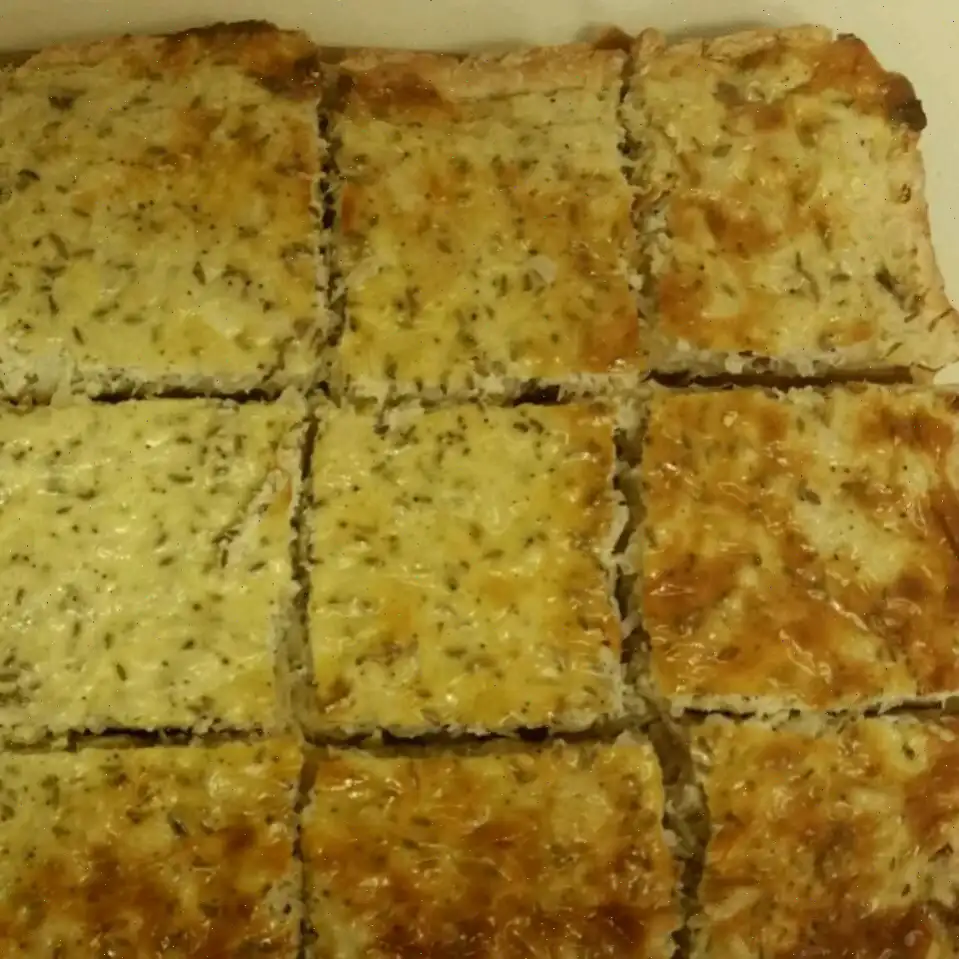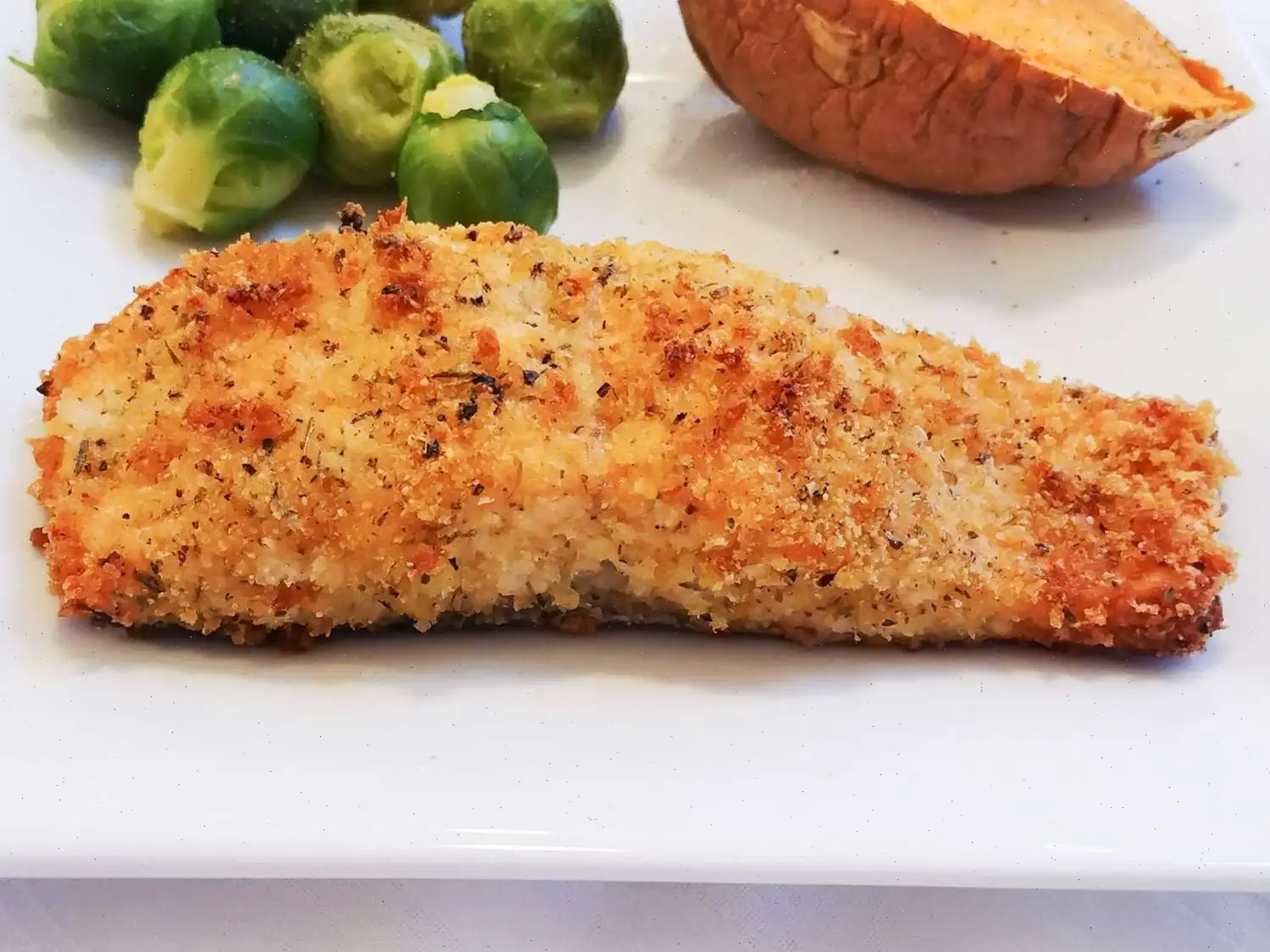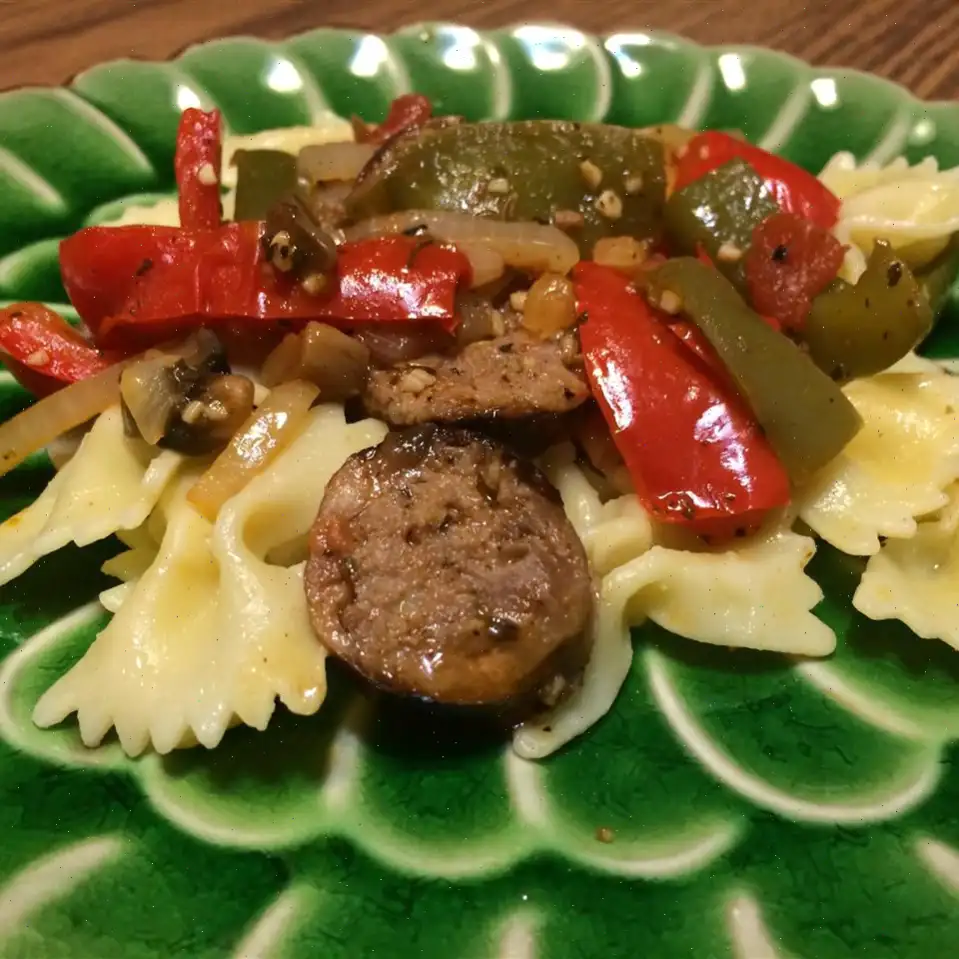
Shiitake Mushroom Stir Fry Recipe
Ingredients
For the sauce:
- 2 tablespoons low-sodium soy sauce
- 1 1/2 teaspoons oyster sauce
- 1 tablespoon rice vinegar
- 1 tablespoon sweet Thai chili sauce
- 1 tablespoon maple syrup
- 1/8 teaspoon red chili pepper flakes
For the stir-fry:
- 6 ounces shiitake mushrooms, thinly sliced
- 1 tablespoon low-sodium soy sauce
- 2 tablespoons cornstarch
- 2 tablespoons sesame oil, divided
- 2 cloves garlic, minced
- 1/2 cup chopped onion
- 1 orange bell pepper, chopped
- 1/2 cup chopped zucchini
Directions
Step 1: In a small bowl, combine the soy sauce, oyster sauce, rice vinegar, sweet Thai chili sauce, maple syrup, and red chili pepper flakes. Stir until smooth and set aside.
Step 2: Add the shiitake mushrooms to a separate bowl. Drizzle with 1 tablespoon of soy sauce, tossing to coat the mushrooms evenly. Sprinkle the cornstarch over the mushrooms and toss again until the mushrooms are fully coated.
Step 3: Heat 1 tablespoon of sesame oil in a wok or large skillet over medium-high heat. Add the mushrooms and cook until golden brown, approximately 5 minutes per side. Once cooked, transfer the mushrooms to a dish and set them aside.
Step 4: In the same wok or skillet, heat the remaining 1 tablespoon of sesame oil over medium-high heat. Add the chopped onions, orange bell peppers, and zucchini. Cook until the vegetables have softened, about 5 minutes.
Step 5: Stir the prepared sauce into the pan and cook for an additional 3 minutes, allowing the sauce to thicken.
Step 6: Add the cooked mushrooms back into the stir-fry and toss everything to coat with the sauce.
Nutrition Facts
Per serving (4 servings total):
- Calories: 143
- Total Fat: 7g (9% Daily Value)
- Saturated Fat: 1g (5% Daily Value)
- Cholesterol: 0mg (0% Daily Value)
- Sodium: 519mg (23% Daily Value)
- Total Carbohydrate: 18g (7% Daily Value)
- Dietary Fiber: 2g (9% Daily Value)
- Total Sugars: 8g
- Protein: 3g (6% Daily Value)
- Vitamin C: 55mg (61% Daily Value)
- Calcium: 30mg (2% Daily Value)
- Iron: 1mg (4% Daily Value)
- Potassium: 372mg (8% Daily Value)
* Percent Daily Values are based on a 2,000-calorie diet. Your daily values may be higher or lower depending on your calorie needs.
The Story Behind Shiitake Mushroom Stir Fry
Shiitake mushrooms have a long history in East Asian cuisine, dating back over a thousand years. Native to East Asia, particularly Japan and China, shiitake mushrooms were originally cultivated for their medicinal properties before becoming a staple ingredient in everyday cooking. The stir-fry technique itself has roots in Chinese culinary traditions, where quick, high-heat cooking preserves both flavor and nutrients. Combining shiitake mushrooms with colorful vegetables and a balanced sauce highlights the evolution of simple ingredients into a harmonious dish that appeals to modern tastes while honoring centuries of tradition.
Regional Variations
While stir-fries are common across Asia, regional differences significantly influence their flavor profiles. In Japan, shiitake stir-fries often emphasize lighter seasonings like soy sauce, mirin, and dashi, focusing on the umami of the mushroom itself. In contrast, Chinese versions, especially from Cantonese cuisine, incorporate bolder flavors such as oyster sauce, chili, and sesame oil. Southeast Asian adaptations may introduce sweet chili sauce or coconut-based elements, providing a slightly tangy and sweet dimension. These regional twists demonstrate the versatility of shiitake mushrooms and the adaptability of stir-frying as a cooking method.
Differences from Similar Dishes
Shiitake mushroom stir fry is often compared to other vegetable stir-fries, but it stands out due to the unique texture and flavor of shiitake mushrooms. Unlike button mushrooms, shiitakes have a firmer, meatier bite and a deep, earthy umami taste, which allows them to act as a centerpiece rather than just an accompaniment. The inclusion of a sweet-salty sauce differentiates it from plain vegetable stir-fries, giving the dish a more complex and satisfying flavor. Additionally, the careful balance of crisp-tender vegetables and glistening mushrooms sets it apart from purely sauted mushroom dishes.
Typical Serving Context
This stir-fry is versatile and can be served in multiple settings. In Asian households, it often appears as part of a larger meal with steamed rice and other small dishes. In restaurants, it is commonly presented as a side dish or a vegetarian main course, garnished with sesame seeds or fresh herbs for added visual appeal. It can also be enjoyed in casual home dinners, providing a quick, nutritious, and visually appealing option for weeknight meals. Its adaptability makes it a favorite in both formal and informal dining environments.
Interesting Facts
- Shiitake mushrooms are rich in lentinan, a compound believed to support the immune system.
- The word shiitake comes from the Japanese words shii, a type of tree where the mushroom grows naturally, and take, meaning mushroom.
- Stir-frying is an efficient cooking method that preserves both color and nutrients in vegetables, making dishes like this both tasty and healthful.
- Despite its deep association with Asian cuisine, shiitake mushroom cultivation has spread worldwide, making it accessible in supermarkets globally.
- Traditionally, dried shiitake mushrooms are rehydrated before cooking, enhancing their flavor and umami concentration, a technique often used in professional kitchens.








